One specific measure: strengthen prevention and control of soil pollution at its source (from Opinions of the CPC Central Committee and The State Council on Deepening the Battle against Pollution)
The document required that efforts will be made to prevent and control pollution from the sources of cadmium and other heavy metals in agricultural land. We will comprehensively investigate cadmium and other heavy metal discharge enterprises, include cadmium and other heavy metal discharge enterprises in the list of key pollutant discharge units in accordance with the law and regulations, strictly control the discharge of cadmium and other pollutants in heavy metal-related industries, and encourage upgrading of standards. Focusing on provinces where mineral resource development activities are concentrated, focusing on heavy non-ferrous metals, stone coal, pyrite and other mining areas, as well as mining areas around areas where safe utilization and strict control of cultivated land are concentrated, comprehensively investigate the disorderly accumulation of historical solid waste, formulate remediation plans, manage in stages, and gradually eliminate the stock. For counties (cities and districts) where heavy metal pollution problems are prominent in cultivated land, identification of soil pollution routes and tracing of pollution sources of contiguous cultivated land are carried out. In Mingnan and other areas, the establishment of atmospheric heavy metal sedimentation monitoring network, agricultural irrigation water quality sampling mechanism. We carried out 100 projects to control the source of soil pollution, and carried out upgrading of production enterprises to prevent leakage, reduce heavy metal emissions, and improve waste residue left over from history.
1. Engineering treatment measures
Heavy metals in the soil are stable, easy to accumulate and not easy to remove characteristics, through the food chain to human and livestock chronic poisoning. In order to reduce and eliminate the pollution and harm of heavy metals in soil, engineering measures such as soil modification, electrochemical method and flushing network method were initially adopted to reduce the solubility of heavy metals.
Soil improvement
This method is suitable for the treatment of small areas of seriously polluted soil. One method is to cover the polluted soil with a layer of non-polluted soil. Another method is to partially or completely replace the contaminated soil, and the thickness of the covering and soil replacement should be greater than the thickness of the topsoil.
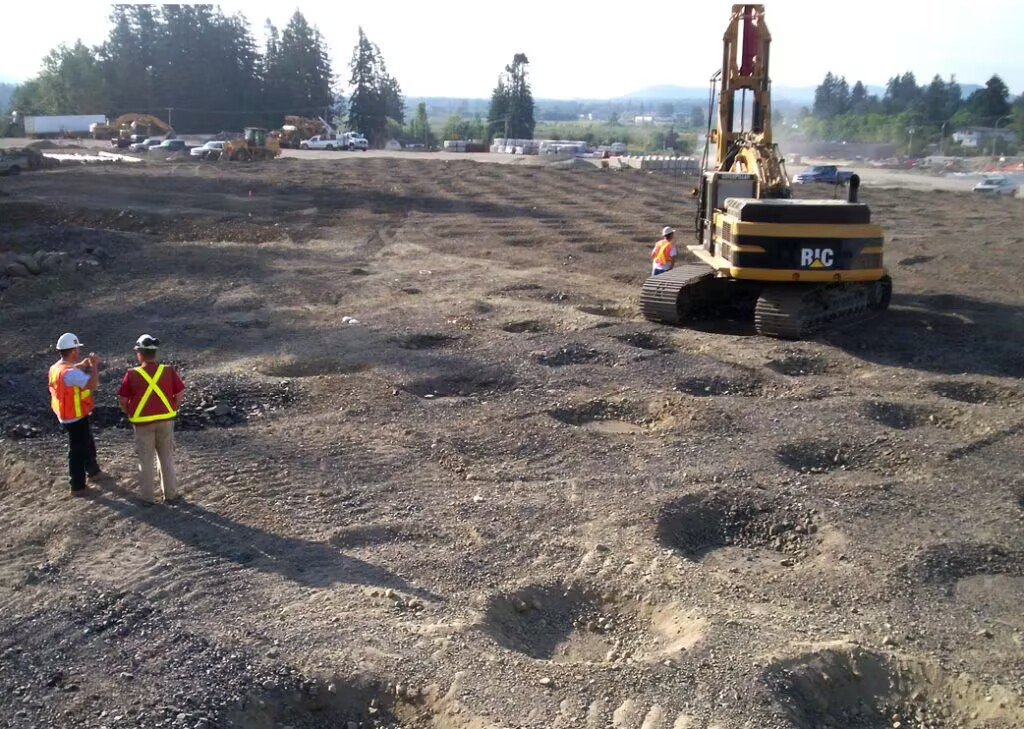
Soil purification by electrochemical
Some electrodes are inserted into the water-saturated polluted soil, and then low-strength direct current, metal ions move in a directional direction under the action of an electric field, and enrich near the electrode, so as to achieve the purpose of removing heavy metals.
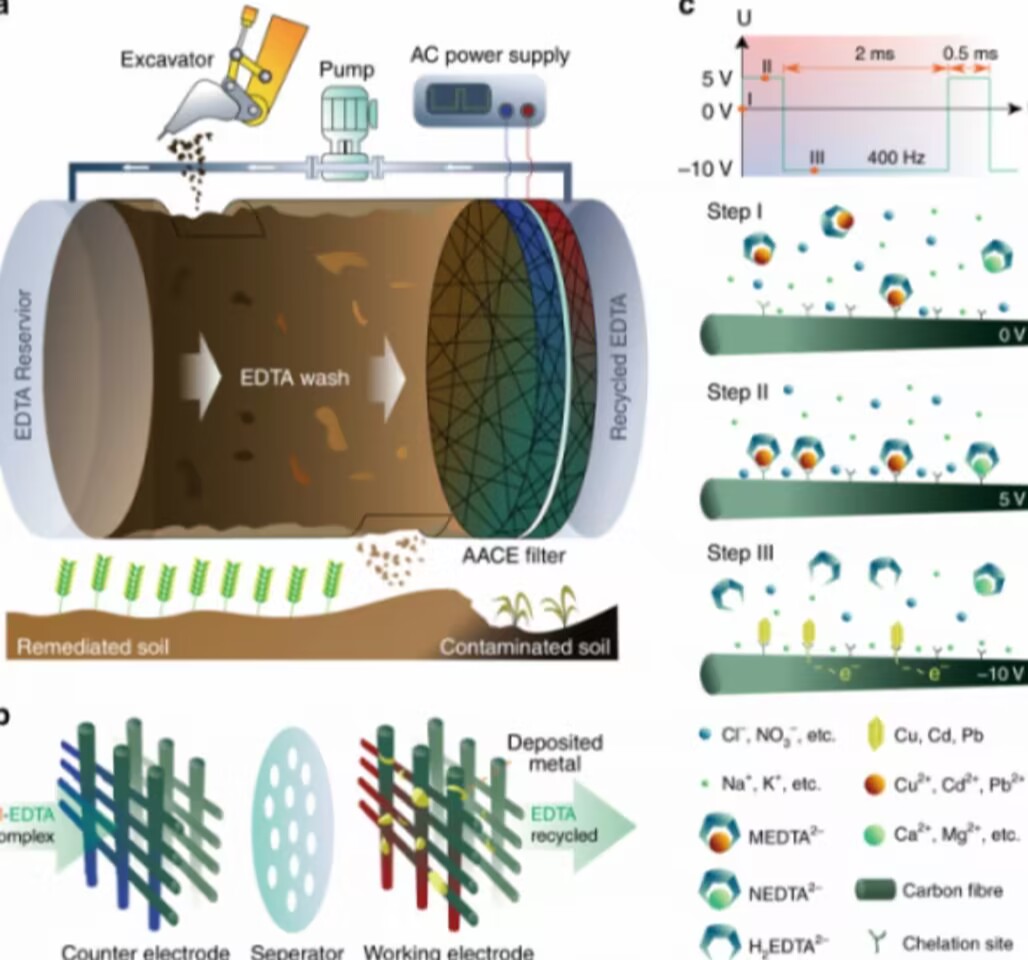
Soil flushing technology
The heavy metal contaminated soil is washed with clean water to make heavy metals migrate to the deeper root layer and reduce the heavy metal ion concentration in the root zone of crops.

Thermal treatment of hydrocarbon-impacted soil
Hot steam or low-frequency heating is applied to the mercury-contaminated soil to promote its volatilization from the soil and recovery for reprocessing. When treating soil, the soil is first broken and additives are added to the soil that can break down mercury compounds. Then, low temperature gas and high temperature gas are introduced in two stages to dry the soil, remove other volatile substances, and finally vaporize the soil mercury and collect the volatile mercury vapor.
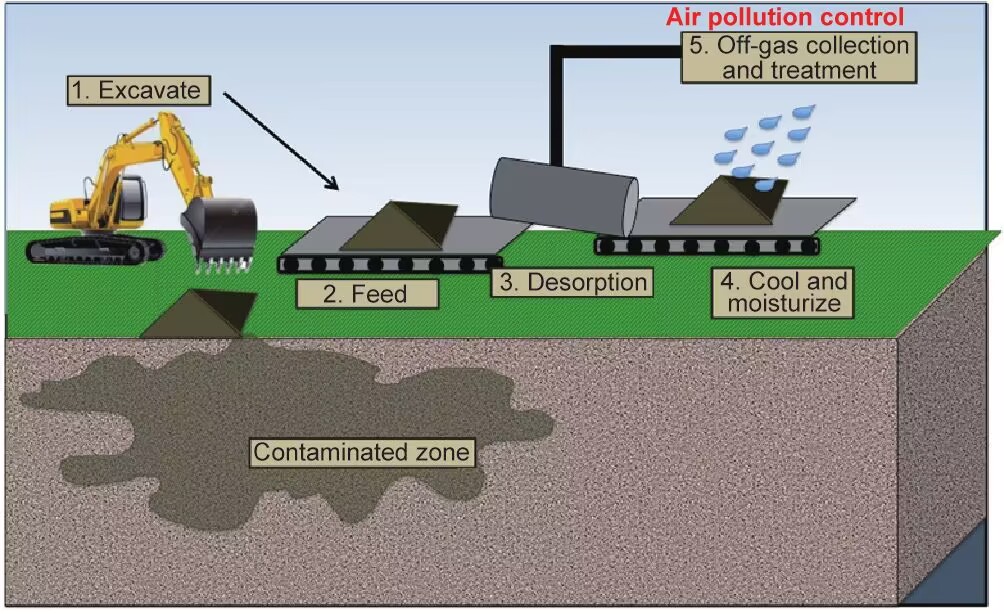
2. Agronomic control measures
The absorption of heavy metals by crops from the soil depends not only on their content in the soil, but also on agronomic measures such as the nature of the soil, moisture conditions, the type and amount of fertilization, the type of plant cultivated, the cultivation method and the farming system. Therefore, by adjusting soil pH, organic matter, CEC, texture, calcium carbonate and other factors, soil heavy metal activity can be changed, its biological availability can be reduced, and the transfer from soil to crops can be reduced.
Increase soil PH
Applying lime to cadmium-contaminated soil is one of the effective measures to reduce the absorption of cadmium by plants.
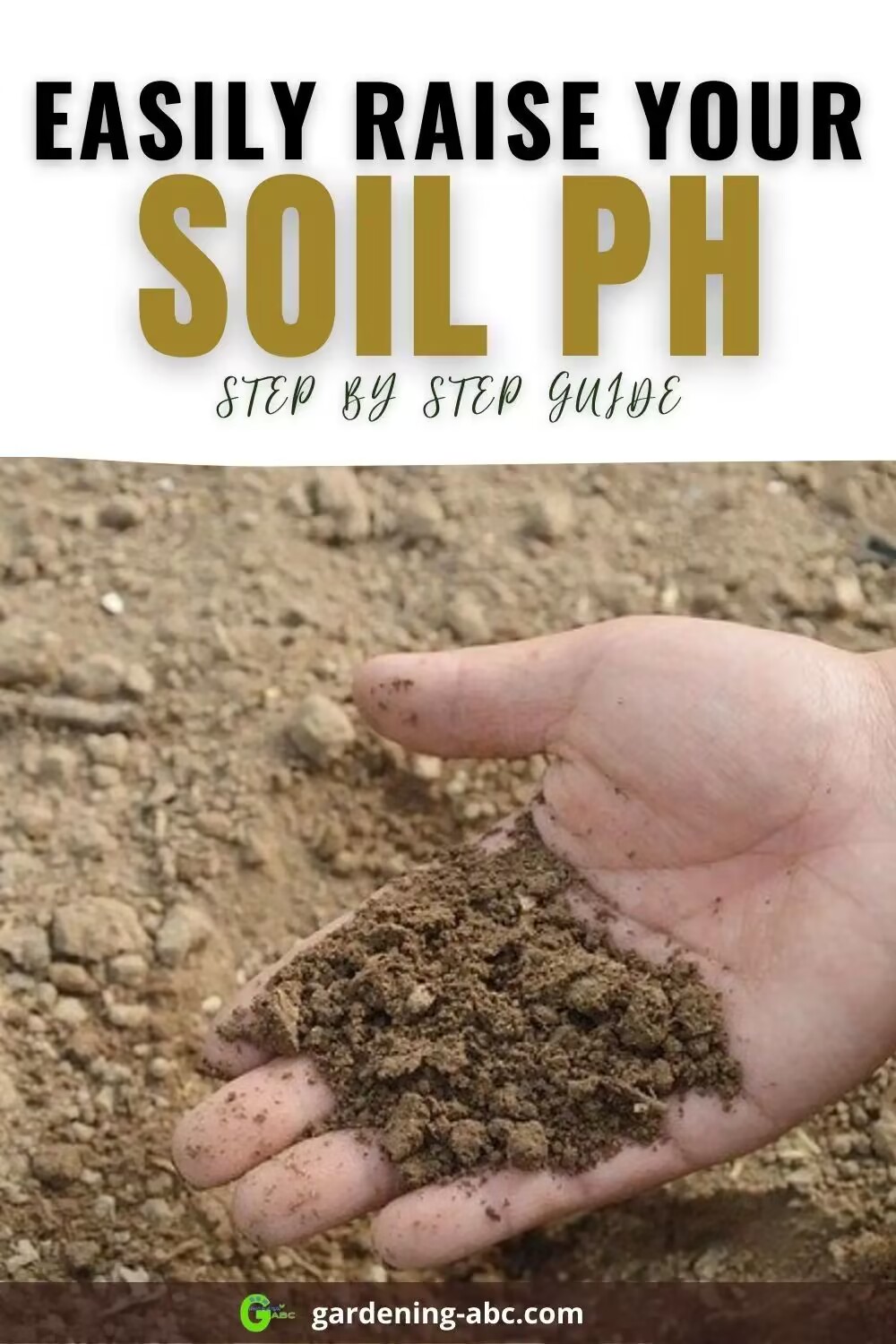
Soil Eh regulation
The migration of heavy metals in soil-plant system can be controlled by adjusting soil moisture, and the REDOX potential of soil can be reduced by converting early fields to paddy fields, which can reduce the activity of heavy metal cadmium and reduce the harm to plants.

Increase the application of organic fertilizer
Organic fertilizer can not only improve the physical and chemical properties of soil and increase the fertility of soil, but also affect the form of heavy metals in soil and the absorption of heavy metals by plants. On the one hand, the rational application of organic fertilizer can play a role in the purification of cadmium pollution in farmland, and on the other hand, it can also overcome the traditional treatment methods that need to consume a lot of funds, but also cause the loss of nutrients, secondary pollution and other problems.
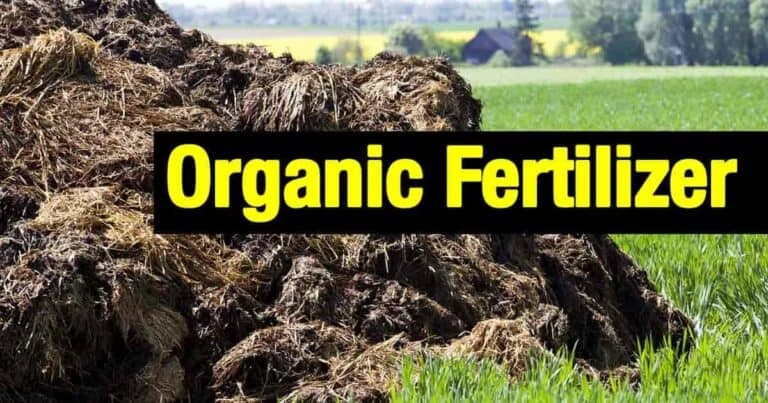
Antagonism of ions
When the content of a certain heavy metal in the soil is high and the soil pollution is serious, another trace element that is less harmful to crops and favorable to crop growth at low concentration can be used to antagonize it.

- pollution Measures polluted control metalspollution measures control metals pollution measures control states pollution measures control land pollution measures tackle china pollution measures india for pollution measures solve water pollution measures china the pollution measures mitigate marine governance pollution measures marine pollution measures combat air